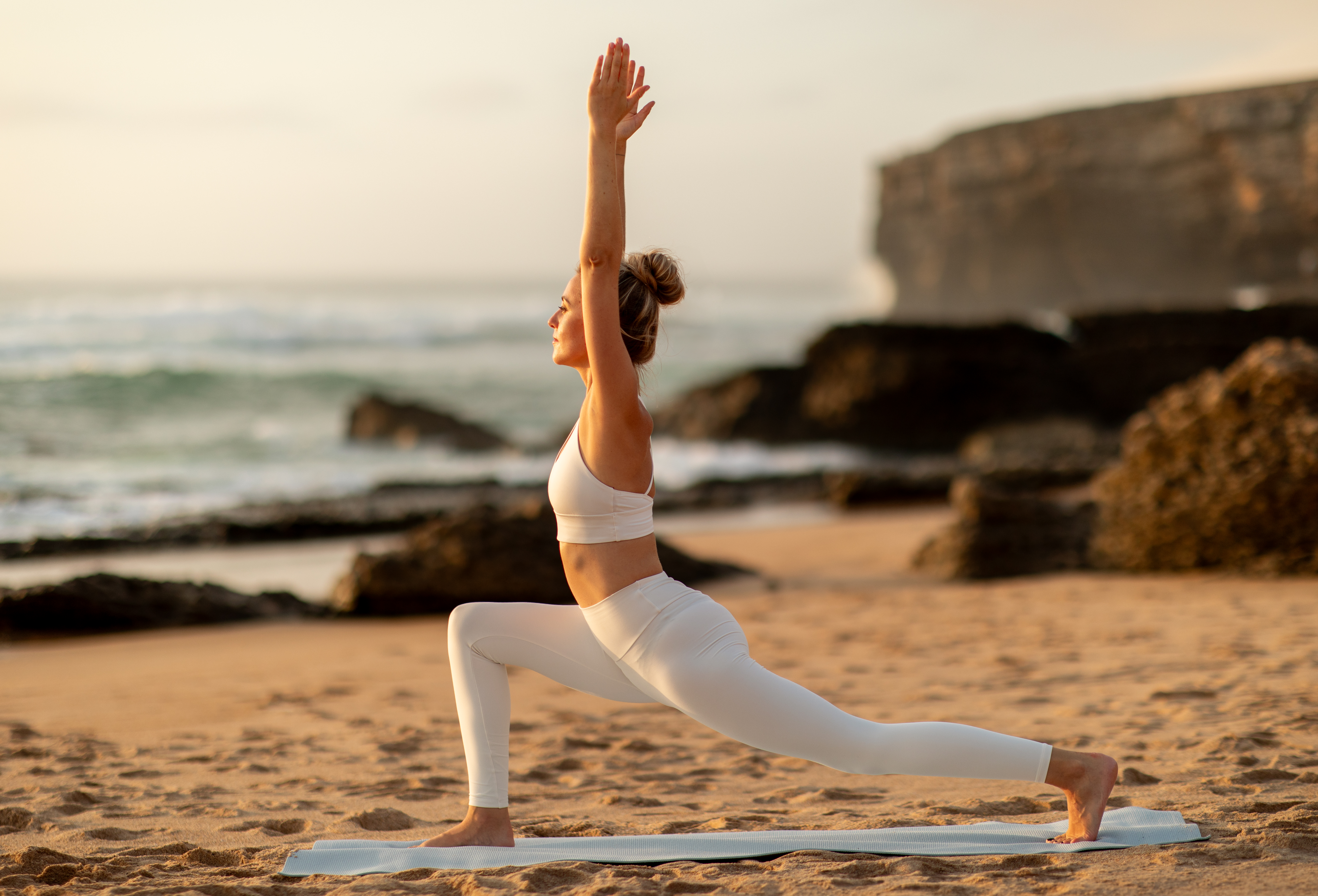Simple Exercises to Instantly Conquer Stress During Your Busy Day
The beauty of stress-free movement lies in its simplicity and accessibility. This article explores 12 such exercises, each meticulously selected for its ability to provide instant relief and promote a sense of calm. These exercises require minimal equipment and can be performed at home, in the office, or even while traveling. Each exercise focuses on gentle movement, mindful breathing, and relaxation techniques that work together to reduce stress levels and improve overall well-being. As we delve into each exercise, you'll discover how they can be seamlessly integrated into your daily routine, offering a practical solution to managing stress in a busy world. As we embark on this journey, it's important to recognize that stress-free movement is not just about physical activity; it's a holistic approach that encompasses mental and emotional wellness.
1. The Science of Stress Relief Through Movement

Understanding the science behind stress relief through movement is crucial for appreciating the effectiveness of these exercises. When we experience stress, our bodies undergo a series of physiological changes known as the "fight or flight" response. This response, while useful in short bursts, can lead to chronic stress if activated too frequently. Movement, particularly gentle and mindful exercises, can counteract these effects by stimulating the production of endorphins, the body's natural mood elevators. Endorphins act as natural painkillers and mood enhancers, helping to reduce stress and promote a sense of well-being. Additionally, movement increases the flow of oxygen-rich blood to the brain, enhancing cognitive function and reducing feelings of anxiety and depression. By incorporating stress-free movement into your routine, you can harness these physiological benefits to alleviate stress and improve your mental health. Moreover, movement encourages the release of tension stored in the muscles, particularly in areas prone to stress such as the neck, shoulders, and back. Gentle exercises help to stretch and relax these muscles, reducing discomfort and promoting relaxation. By understanding the science behind stress relief through movement, you can appreciate the profound impact these exercises can have on your overall well-being.
2. Breathing Techniques: The Foundation of Stress-Free Movement

Breathing techniques form the foundation of stress-free movement, providing a simple yet powerful tool for managing stress. Deep, mindful breathing helps to activate the body's relaxation response, reducing heart rate, lowering blood pressure, and decreasing levels of stress hormones. By incorporating breathing techniques into your routine, you can enhance the effectiveness of the exercises and achieve a greater sense of calm. One of the most effective breathing techniques is diaphragmatic breathing, also known as belly breathing. This technique involves inhaling deeply through the nose, allowing the diaphragm to expand and fill the lungs with air. As you exhale slowly through the mouth, the diaphragm contracts, helping to expel carbon dioxide and promote relaxation. Practicing diaphragmatic breathing can help to reduce stress and anxiety, improve focus, and enhance overall well-being. Another valuable technique is box breathing, which involves inhaling, holding, exhaling, and holding the breath again for equal counts. This method helps to regulate the breath, calm the mind, and promote a sense of balance. By mastering these breathing techniques, you can create a strong foundation for stress-free movement and unlock the full potential of the exercises.
